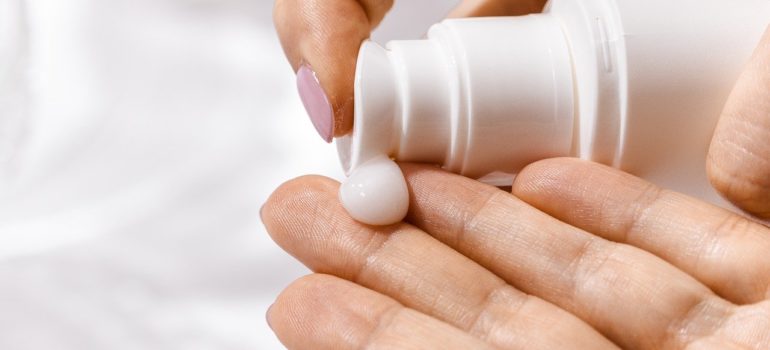
The Evolution of Beauty Treatments, Part VI: Moisturizing
According to the Indian Journal of Dermatology, the action of applying oily materials to the skin is an instinct-driven behavior likely as old as humankind itself. When you realize that we seek to protect our skin from the elements by securing our own moisture within it, slathering on some lotion makes perfect sense. But what about during the early years of humankind? What were our ancestors using to protect their skin, and how have moisturizers evolved over the years? Keep reading to find out…
Moisturizing: Then & Now
EARLY HUMANS: Early humans used to crush the seeds of castor plants to obtain a thick, heavy moisturizing oil that we still know and use today: castor oil.
AUSTRALIAN ABORIGINES: Australian Aborigines once used oils derived from a pad of fat located on the backs of emus (aka emu oil). Alongside its usefulness for treating skin conditions, emu oil was also used to treat arthritis!
ANCIENT EGYPT: Not all historical moisturizers were created equal. In fact, some were even deadly. Modern researchers recently located a flask belonging to Queen Hatshepsut of ancient Egypt (one of the few female pharaohs in ancient Egypt’s history). The container, inscribed with the Queen’s name, had been prescribed to treat a skin ailment. However, when researchers opened the flask, they discovered it was jam-packed with carcinogenic tar residue.
150 A.D. – “GALEN’S WAX”: A Greek physician by the name of Galen is credited with having written the first surviving recipe for cold cream— ingredients included water, olive oil and beeswax.
ANCIENT ROME: The roman doctor Hippocrates used honey to moisturize his skin for a radiant glow. Other ancient Romans were known to combine bread with milk and apply the mixture to their faces before bedtime.
ANGLO-SAXONS: This lot put a stronger emphasis on moisturizing their hands, rather than their faces. They mixed lard, old wine and essence of lilies to keep their digits conditioned!
EUROPE, 1100s: Convent records show that nuns used herbal ingredients from their convent’s garden to create skin cream recipes including variations of ginger and white turmeric.
RENAISSANCE ITALY & VICTORIAN ENGLAND: Italians living during the renaissance era achieved pale, perfect skin with concoctions composed of boiled iris roots and nettles, egg whites, bread crumbs, and vinegar. Whereas, ladies living in Victorian England mixed white wax, lard, almond oil, camphor gum, and “spermaceti” to moisturize their skin. “Spermaceti” is a substance found in the skull of sperm whales.
COLONIAL AMERICA: Colonial Williamsburg moistened their skin with hog lard, the stubs of white candles, and floral scents.
1846 – “Ponds Cream”: Chemist Theron T. Pond invents “Pond’s Cream”, forever changing moisturizers for the rest of humankind. The cream’s main ingredient? Healing witch hazel. The lotion was originally delineated as a burn remedy until the early 1900s, when it was remarketed as “vanishing” beauty cream.
1872— “Petroleum Jelly”: Vaseline is patented in the late 1800s—becoming the foundation for the moisturizers of the early 20th century.
1970s – “Body Butter”: Enter the rise of body butter. A thick, heavy moisturizer made with bean and nut oils; body butter transformed facial moisturization into a full-body experience.
TODAY: Modern-day moisturizing is all about getting back to the basics with herbal and all-natural ingredients like essential plant oils, honey, white tea, and various botanicals.
Westchester’s Best Moisturizing Products
SkinCenter carries modern-day moisturizing products for both the face and the body. All of our skin care products are made with superior ingredients and are backed by science for enhanced moisturization. Learn more about our skin care products today!
Categories:
Beauty Treatments, Skin Care Products, Skin Care Tips, Skin Rejuvenation
Tags:
Best of Westchester, best skincenter, skin care tips, Skin Rejuvenation, Westchester Skin Care, westchester skin care products, Westchester Skin Treatments


